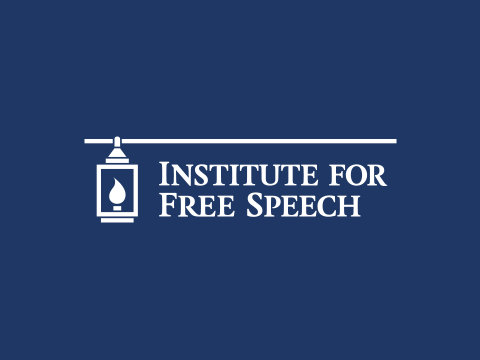By Kathryn Ciano
As dubious standards go, the appearance-of-corruption test is a doozy. Influence, partisanship and negotiating leverage are not only inextricable from politics; they are precisely politics’ beating heart. If anything, the attempt to reduce the idea of corruption to the flow of contributions ignores the much larger problems of undue influence, backroom dealings and legislative favoritism.
Since the federal government started protecting Americans from the appearance of corruption in 1974, government corruption has not decreased. Even without the IRS’ recent actions to squelch speech by political opponents, public confidence in the government is on the decline.
In fact, there is a strong correlation between a lack of contribution limits and people’s perception of how well-governed a state is. Brad Smith at the Center for Competitive Politics cites Governing magazine and Pew Charitable Trusts periodic polling, indicating that five of the top 10 “best-governed” states were among the 12 states without political contribution limits, while nine of the 10 “worst-governed” states did limit contributions. People trust government the most when government is most accessible to them.












